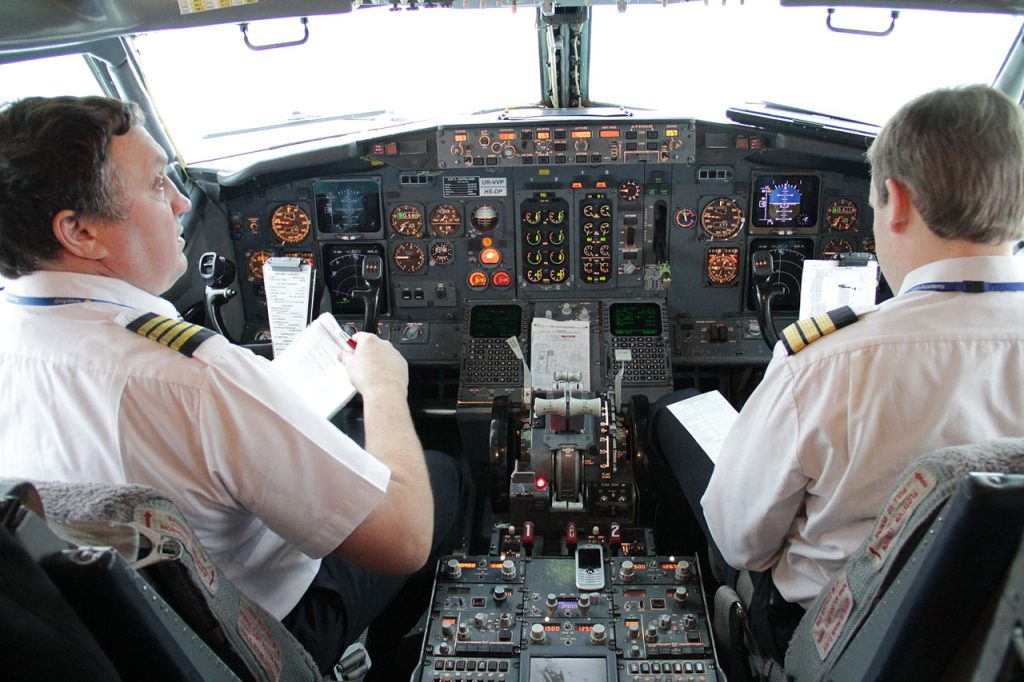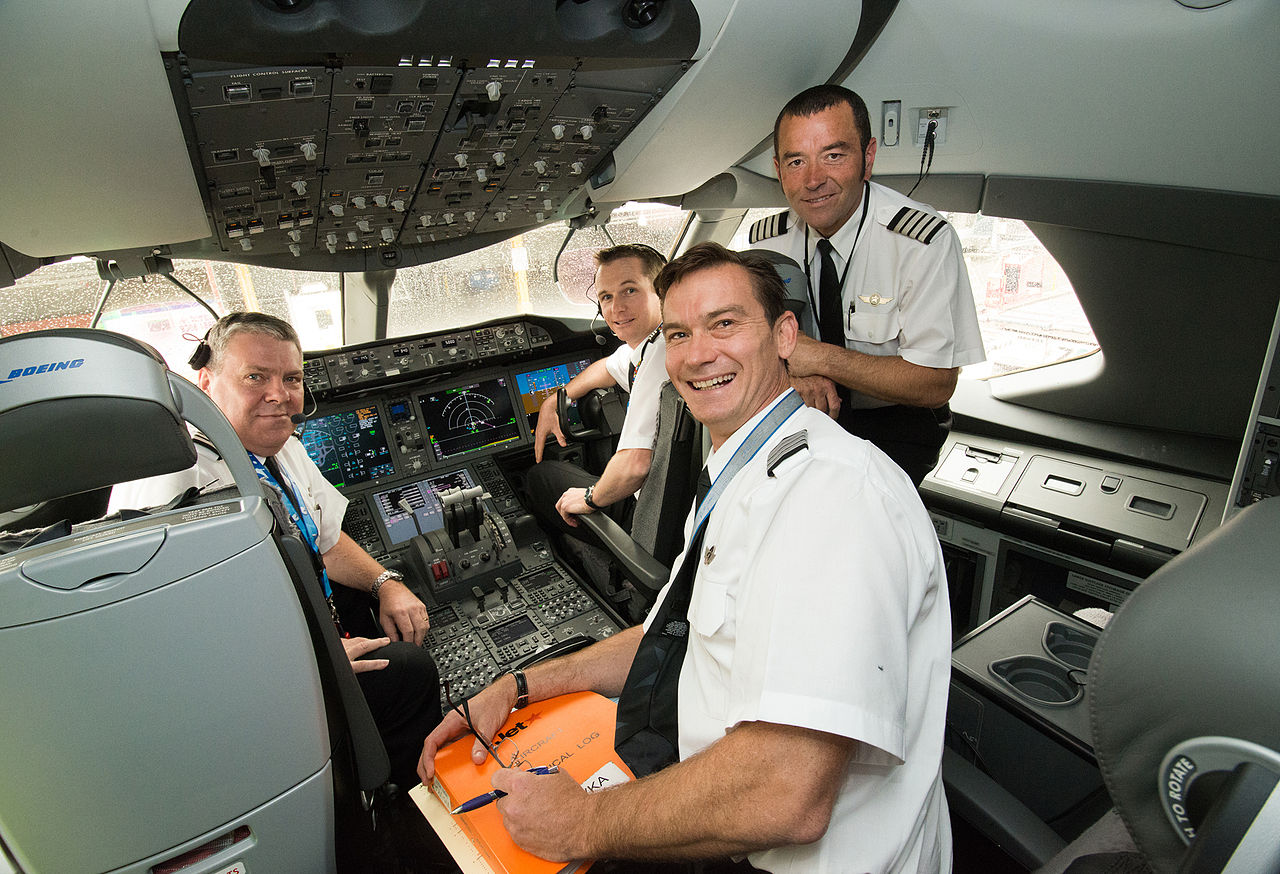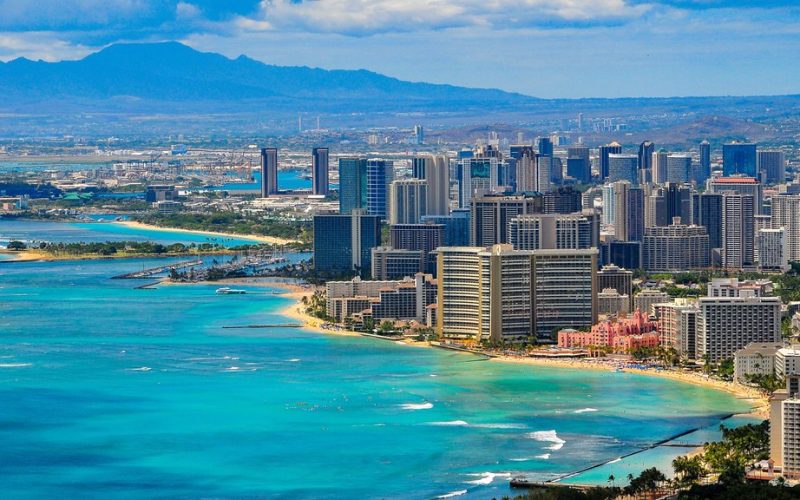Becoming a pilot is an exciting and rewarding career that requires dedication, hard work, and a passion for flying. However, a lot of people who are interested in becoming pilots don’t really know how long it takes to get there. Within the scope of this article, we will investigate the myriad of variables that influence the amount of time necessary to become a pilot, as well as the approximate timeframes for obtaining each category of pilot license and the steps that are required to become a pilot.
Introduction
Becoming a pilot is a dream career for many individuals. In addition to providing financial security and guaranteed employment, this career path presents a once-in-a-lifetime chance to travel the globe while under the control of an airplane. However, the path to becoming a pilot can be challenging, and the time required to achieve this goal depends on several factors. In this article, we will see the factors that affect the time required to become a pilot, the estimated timeframes for each type of pilot license, and the steps involved in becoming a pilot.

Factors affecting the time to become a pilot
Several factors determine the time required to become a pilot. Some of the key factors include the type of pilot license, the flight training program, the student’s availability and progress, and weather conditions.
A. Type of pilot license
The type of pilot license is the most significant factor in determining the time required to become a pilot. There are three main types of pilot licenses: Private Pilot License (PPL), Commercial Pilot License (CPL), and Airline Transport Pilot License (ATPL). Each license requires a specific number of flight hours and training.
B. Flight training program
The flight training program is another critical factor in determining the time required to become a pilot. Flight training programs vary in length and intensity, and some are more expensive than others. The flight training program’s quality is essential as it affects the student’s competency level and ability to pass the FAA tests.
C. Student’s availability and progress
A student’s availability and progress are also essential factors that determine the time required to become a pilot. Students who can attend flight school full-time typically complete the program more quickly than those who can only attend part-time. Additionally, a student’s progress depends on their ability to master the skills required for flying.
D. Weather conditions and flight school location
Weather conditions and flight school location can also impact the time required to become a pilot. Flight schools located in areas with consistent weather patterns may offer a more streamlined training program. However, schools located in areas with varying weather patterns may require additional training and practice.
Estimated time to become a pilot
The amount of time required to become a pilot depends on the type of license a student wishes to obtain. The estimated time to complete each type of pilot license is as follows:
A. Private Pilot License (PPL)
The estimated time required to obtain a PPL is between 6 to 12 months. This particular licensure calls for a minimum of 40 flight hours, which must be broken down as follows: 10 hours of solo flight time, followed by 20 hours of flight time spent with an instructor.
B. Commercial Pilot License (CPL)
The estimated time required to obtain a CPL is between 12 to 18 months. This type of license requires a minimum of 250 flight hours, which includes 100 hours of pilot-in-command time and 50 hours of cross-country flight time.
C. Airline Transport Pilot License (ATPL)
The estimated time required to obtain an ATPL is between 18 to 36 months. This category of licensure calls for a minimum of 1,500 flight hours, which must be broken down as follows: 500 hours spent flying over long distances, 100 hours spent flying at night, and 75 hours spent flying with instruments.
Steps to becoming a pilot
Becoming a pilot involves several steps, and the process can be challenging. The steps to becoming a pilot are as follows:
A. Preparing for flight training
Before beginning flight training, aspiring pilots must meet certain requirements, including being at least 17 years old and possessing a valid medical certificate. Additionally, they should research flight schools and flight training programs to determine the best fit for their needs and budget.
B. Flight training requirements
Flight training requirements vary depending on the type of pilot license. However, all flight training programs include both ground school and flight training. The ground school covers topics such as aerodynamics, weather, navigation, and aircraft systems, while flight training involves practicing flight manoeuvres and learning how to operate the aircraft.
C. Passing the Federal Aviation Administration (FAA) tests
To become a licensed pilot, students must pass several FAA tests, including a written exam, a practical flight test, and a medical exam. The written exam covers topics such as airspace, aircraft performance, and flight planning, while the practical flight test assesses the student’s ability to operate the aircraft in various flight conditions.
D. Building flight hours and experience
After obtaining a pilot license, pilots must continue building flight hours and experience to advance in their careers. They can gain additional flight hours by working as a flight instructor, a charter pilot, or a corporate pilot.
Video: How Long does it take to become an airline pilot
Summary
Becoming a pilot is a challenging and rewarding career that requires dedication and hard work. This shows everything you need to know about how to become a pilot, with a focus on the most important things you need to think about.
The article begins by discussing the importance of preparing for flight training, including meeting certain requirements and researching flight schools and training programs. After this is an in-depth discussion of the prerequisites for receiving a pilot’s license, which can change according to the category of flying privileges desired. In ground school, students learn about subjects like aerodynamics, weather, navigation, and aircraft systems. In-flight training, students practice flight maneuvers and learn how to operate the aircraft. Ground school is a prerequisite for flight training.
The article then explores the process of passing the Federal Aviation Administration (FAA) tests, which is a necessary step to becoming a licensed pilot. This involves passing a written exam covering topics such as airspace, aircraft performance, and flight planning, as well as a practical flight test that assesses the student’s ability to operate the aircraft in various flight conditions.
Finally, the article emphasizes the importance of building flight hours and experience after obtaining a pilot license, which is necessary to advance in one’s career as a pilot. Pilots can gain additional flight hours by working as flight instructors, charter pilots, or corporate pilots.
Overall, the article highlights that the time required to become a pilot varies based on several factors, including the type of pilot license and individual progress. However, with the right preparation and dedication, anyone can achieve their dream of becoming a pilot. The piece is a helpful resource for anyone thinking about becoming a pilot because it provides information on the procedures and the abilities needed to be successful in this demanding and satisfying field.












